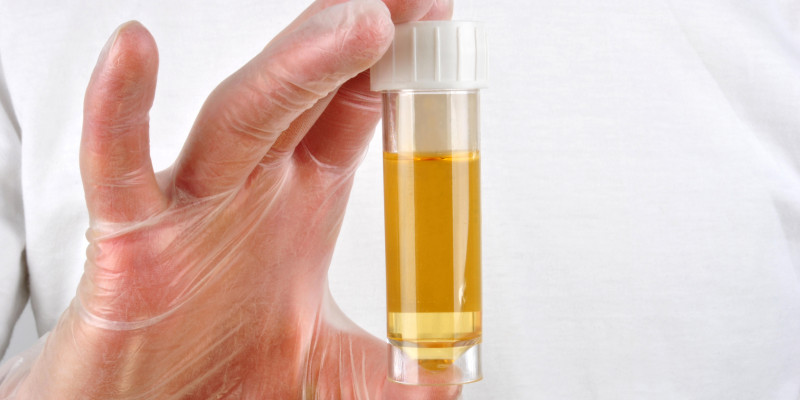Claudia Röhl, Head of the “Environmental Health and Ecosystem Protection” department at the UBA comments: “The HBM value set by the HBM Commission is extremely helpful for our work. Whereas we previously had to work with a provisional assessment value, we and our partners can now start to analyse the current findings in urine samples in detail and make a well-founded health assessment.”
Potentially harmful to reproduction
Mono-n-hexyl phthalate can be formed in the body as a degradation product (known as a metabolite) from di-n-hexyl phthalate, among other things. Di-n-hexyl phthalate is classified as harmful to reproduction and should therefore not enter the human body. Furthermore, the possibility of other as yet unknown precursor substances that could be broken down by the body into mono-n-hexyl phthalate is also being considered.
In January, the State Agency for Nature, Environment and Consumer Protection of North Rhine-Westphalia (LANUV) reported findings of mono-n-hexyl phthalate in urine samples from children. The substance was also detected by the UBA as part of the sixth German Environmental Health Study (GerES VI). Of the 750 urine samples from adults analysed so far, mono-n-hexyl phthalate was detected in more than one third (35 percent of the samples). All samples are below the new assessment value.
In the next step, the UBA will now classify the available measurement results in terms of their health significance and also take into account the extent to which the people tested are exposed to other plasticisers. In addition, the UBA will continue to work with other authorities to clarify the causes of the exposure found.
About the HBM Commission
The HBM Commission is an interdisciplinary body of independent scientists from research institutions and authorities as well as representatives from the UBA, the Federal Institute for Risk Assessment (BfR), the Robert Koch Institute (RKI), the State Working Group on Environmental Health Protection (LAUG) as well as the Federal Ministry for the Environment, Nature Conservation, Nuclear Safety and Consumer Protection (BMUV) and the German Ministry of Health (BMG).
The HBM Commission advises the UBA on all issues relating to human biomonitoring and, among other things, derives toxicologically based assessment values for the evaluation of HBM measurement results. The members are appointed by the UBA for three years at a time, currently for the period 2024-2026. The UBA's “Toxicology, Health-Related Environmental Monitoring” department is responsible for its management. The appointed members are independent in their function as commission members and are not subject to any instructions from the UBA.
 Click to enlarge
Click to enlarge
